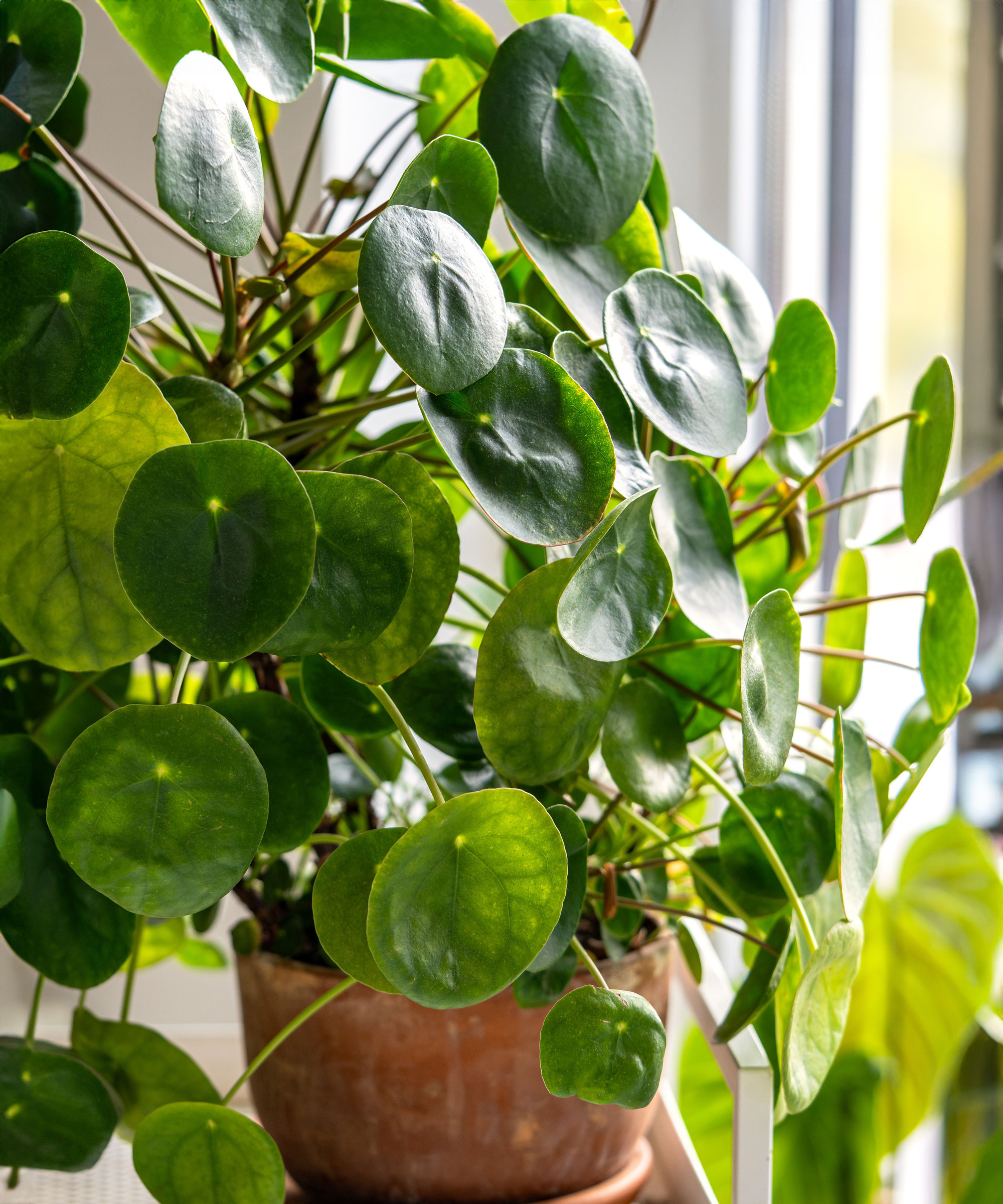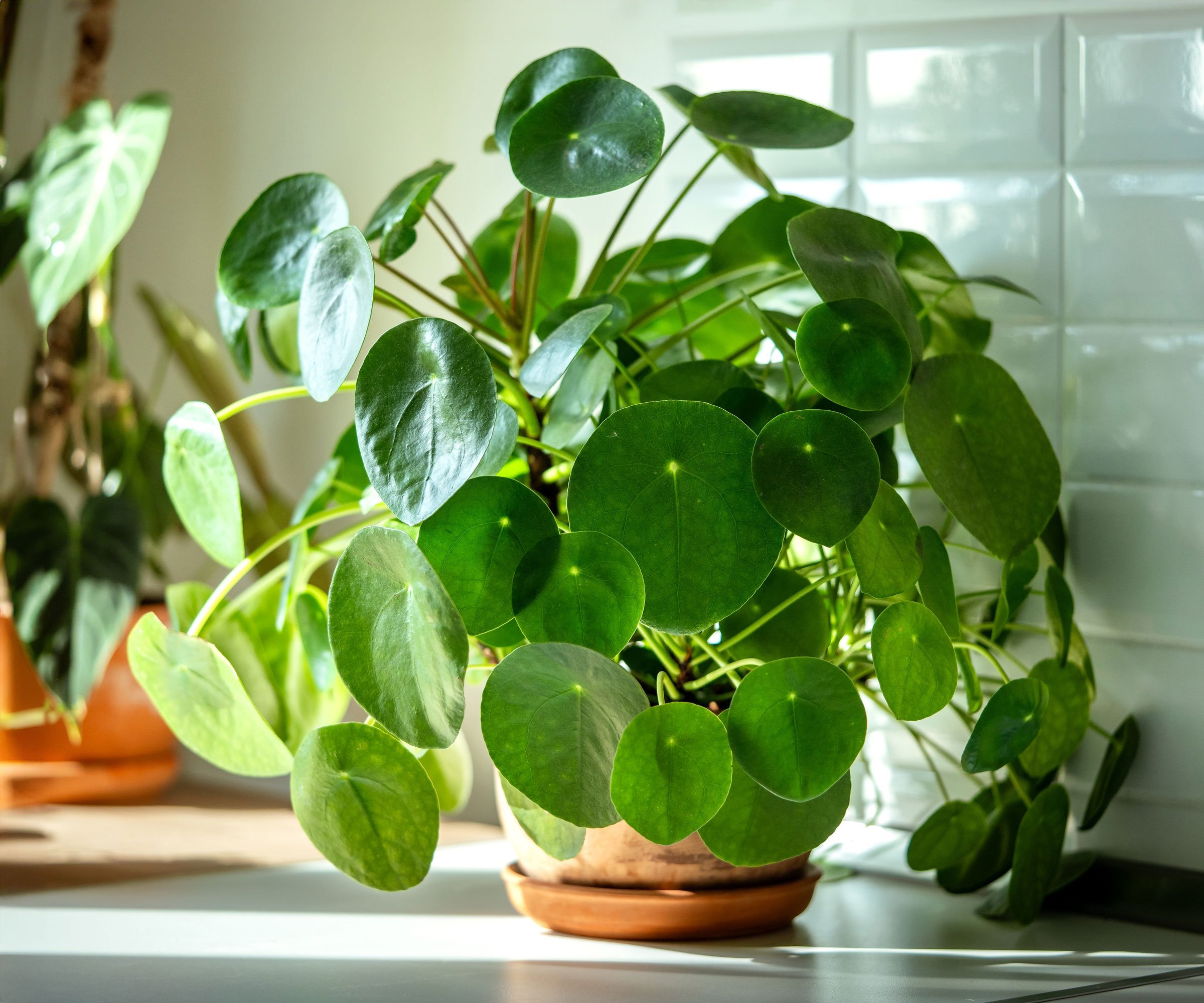Do Your Houseplants Need Moving for Winter? Why Fall Chills Affect Indoor Plants, How To Tell – and What to Do Next
Fall can spell trouble for your favorite houseplants. Here’s how to spot the signs plants are too cold indoors – and where to put them to keep them happy

Amy Draiss

Houseplants add life and cheer to a home any time of year, but especially in winter when the days get shorter, darker, and colder. While we often focus on what to do outside ahead of winter, indoor plants may be feeling out of sorts as seasons change. Colder temperatures and lower light levels can negatively impact houseplants. But what are the signs plants are too cold indoors – and what can you do about it?
Basic houseplant care should include proper winter care. This means changing how you water them, but also potentially moving house plants to more appropriate locations. With lower temperatures, relocation may be the best way to keep them warm enough and to ensure they get enough light and other basic needs. Follow these pointers on when and how to move your houseplants for winter, with advice on smart houseplant locations, light and humidity boosts, and easy care tips to keep your indoor pals happy through winter
Why Temperature Shifts Matter Indoors
If we have had houseplants outside over summer, we may view fall as a time to focus on bringing houseplants back indoors, as well as protecting tender plants from frost by bringing them inside for winter. Most houseplants are species that come from warmer climates than the one in which you live. Many are tropical plants, while your favorite succulents are probably from a desert climate. Hot summers are great for these plants, but in winter, temperatures usually drop, and the air dries. Being able to protect houseplants from fall stress is not always obvious – but even the slightest variations in temperature for houseplants can adversely affect them.
Although you’ll generally heat your house in the winter, temperatures can easily drop near windows or anywhere a draft comes in from outside. These are areas your houseplants might thrive in summer, and so many of your plants may well be in these positions. In winter, the colder temperatures and drafts can cause them to suffer where they once thrived. Indoor heating also tends to make the air dry, which is not ideal for tropical plants used to heat and humidity.
How Cold is Too Cold for Houseplants?

There is no single ideal temperature for houseplants, as the ideal ranges vary by species. If you’re not sure, look up your specific plants to find their ideal temperature ranges. While you may not be able to provide a microclimate as warm as the plants really need (particularly if they are tropical houseplants), these specifics will help you decide which to move and determine the best locations. It’s a good idea to check in with a smart thermometer. An option like the ThermoPro TP50 Digital Hygrometer from Amazon helps you check temperatures and also acts as a humidity gauge.
As an example, African violets are popular houseplants that need warm temperatures. They do best with a daytime temperature range of 70-80°F (21-27°C) and a nighttime range of 65-70°F (18-21°C). Here are some of the classic signs that your plants are too cold, so you can move them to warmer locations:
- Drooping and wilting leaves are early signs that your plants are not warm enough. Consider this an early warning.
- Eventually, leaves get discolored. Initially, they might only look a little less vibrant, but over time, they can yellow or turn brown.
- When temperature drops are extreme or have persisted for too long, plants can develop dead, black spots on their leaves or on entire leaves.
- Some leaf drop is normal in winter, but if your plant is losing a lot of leaves, it could indicate it’s too cold.
- Soil in winter tends to stay wet longer, so pay attention to moisture levels. Excessive moisture can indicate your plant's spot is too cold.
- Excess moisture from cold temperatures can cause roots to get mushy.
- Stunted or slow growth is typical in plants that are too cold.

Where to Move Houseplants if They Are Cold
If you’ve determined your houseplants are too cold, the next step is to find a better spot for the winter season. Check areas for drafts and find a spot without these cold breezes. Houses heated in winter often have warm and cold spots, and certain houseplant combinations are particularly suited to particular rooms. Use your temperature sensor to find areas where temperatures are higher or lower, and consider the following when deciding where to place your plants:
Sign up for the Gardening Know How newsletter today and receive a free copy of our e-book "How to Grow Delicious Tomatoes".
- A bright, south-facing window is often a good spot for winter houseplants, as long as there isn’t too much of a draft. Light is less intense in winter, so a bright spot can be helpful, even for plants that generally prefer low and indirect light. Group plants together in these spots to help maintain more warmth and humidity between them.
- A bathroom can be an ideal place for plants in winter for a few reasons. They are generally warmer than other areas of the house. Smaller rooms can be heated more efficiently. Regular hot showers and baths also warm up bathrooms. The use of water several times per day makes your bathrooms the most humid spots in the house. The warmth and moisture are great for tropical plants and less so for your succulents and cactuses. Just be sure there is a light source, like a bright window, to keep your bathroom plants happy and thriving.
- Warm spots are potential locations for heat-loving houseplants. Although they need to be warmer, placing houseplants right next to radiators, vents, and heaters is generally not a good idea. The air around these spots can be too dry. Also, bear in mind that some indoor plants are more cold tolerant. Make sure you check your plant’s natural tolerance to cold, humidity and light to help with relocation.

If you have heavy pots that need relocating, try the EZwoks Plant Caddy Plant Dolly with Wheels from Amazon to move large potted houseplants from colder windowsills or drafty zones. When moving plants in winter, you could also try the Taotique Rolling Wooden Plant Stands from Walmart to help reposition plants easily toward a bright south window, away from a cold draft) without lifting them.
Checklist for Happy Houseplants in Winter

Moving houseplants in cold spots so they are happier can involve a little trial and error, but you will usually know pretty quickly if your plant is happier or not. If you are still a little unsure about whether your houseplant might need a little extra help with its chosen spot indoors, worry not. Here are some extra environmental and culture tips for keeping your houseplants healthy and happy in winter:
- With lower light levels, your plants will begin growing toward any available source. Rotate pots regularly to ensure even growth. Try SANSI LED Grow Lights for Indoor Plants from Amazon for a top-rated grow‐light option to help light-starved winter plant spots. However, try to use them to complement natural light rather than replace it.
- Dry air is typical in winter, so take steps to ensure plants have enough moisture around them. Do this by grouping plants together, using a humidifier in the same room, or placing pebble trays under the pots. The 4L Ultrasonic Cool Mist Humidifier from Amazon can help to support tropical plants and houseplants that appreciate the extra moisture.
- While humidity needs must be met, houseplants should be watered less in winter. The soil will retain more moisture in winter, so it’s easy to overdo it and end up with root rot. Water houseplants thoroughly but less frequently, and be sure pots drain well. Try these Ceramic Worm Water Sensors from Amazon to assess water levels, and adapt accordingly.

Houseplants warm up the home in winter and have the potential to boost your mood during the long, cold months, so treat them right. Make sure they have what they need to survive and thrive this winter, including a warm spot, and they will thank you with many years of cheerful foliage.
Need more ideas for timely gardening jobs and seasonal expert advice delivered straight to your inbox? Sign up for the free Gardening Know How Newsletter!

Mary Ellen Ellis has been gardening for over 20 years. With degrees in Chemistry and Biology, Mary Ellen's specialties are flowers, native plants, and herbs.
- Amy DraissDigital Community Manager